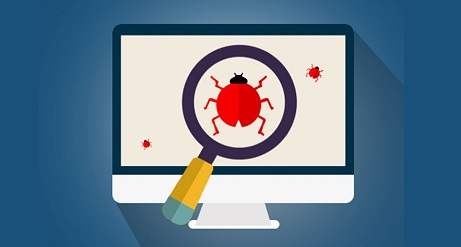Internet is not limited to our desktop browsers. The same information that is visible on a desktop Browser is also available on our mobile phone browsers. Similarly, we have native applications for different types of devices. In this blog, we will understand the difference between different kinds of applications and in what way they are tested to provide a seamless user experience.
Types of applications
- Web application – An application that only runs in a browser called a web application. A single web application can be accessed from different types of devices like mobile, tablet, and desktop. These types of applications are only limited to web browsers and internet connectivity.
- Mobile application – An application that is built to run independently on mobile devices is known as a mobile application. These applications do not require a browser to run. IOS and Android are the two famous platforms among many others for which mobile applications are developed.
- Desktop application – Applications that run on a computer in their own environment and configuration are desktop applications. These applications are contained inside an executable file that needs to be executed to access the application.
Testing the applications
Following are some major areas we need to consider while testing these different types of applications:
Web application testing
- Cross-browser testing and Compatibility Testing – It is required that your web application looks and feels the same across different web browsers. It should also be optimized for different screen sizes like for mobile, tablet, etc.
- Security Testing & Link checks – The user session in your application should work as expected. The website should not have broken links.
- Cookies Testing – Cookies are temporary small files that store information related to the user sessions. The functionality of cookies should be checked.
Mobile application testing
- Installation/Un-installation testing – This testing is usually covered in smoke testing. The user should be able to install and uninstall the application without any problem. The application should not crash.
- Network Testing – The application should be tested for different types of networks like 4G, 3G, Wi-Fi, etc.
- Device Compatibility – The application should work seamlessly with different required operating system versions.
- Memory Testing – RAM consumption and memory leaks should be monitored for the application and its size should be reduced to the minimum possible.
Desktop application testing
- User interface testing – The user interface of the application should be easy to use.
- Functional testing – It is important to validate that the application works according to the required functionalities.
- Compatibility testing – The application should be able to run on different hardware, operating system, and network configurations.
- Performance testing – The application should be tested for speed, responsiveness, and stability of a computer, network, or device.
English is a commonly used language in almost all fields today. Having a certification in the English language can enhance your career aspects. StudySection offers both basic level and advanced level English certification exams to test and certify the English language skills.




